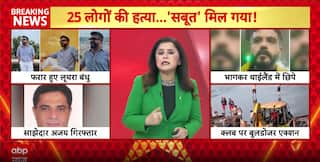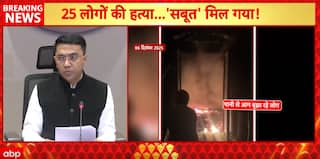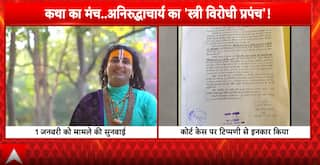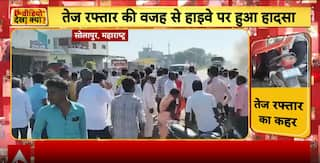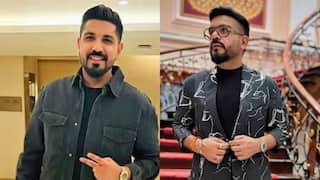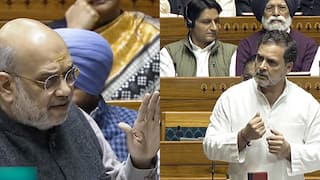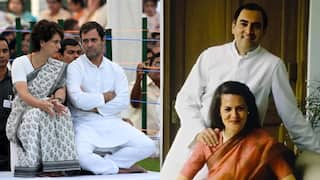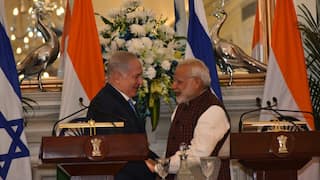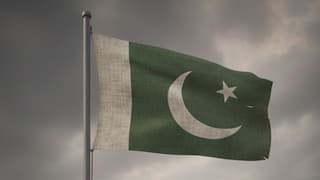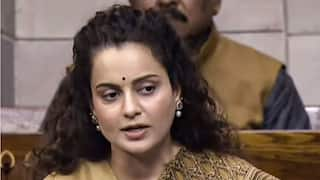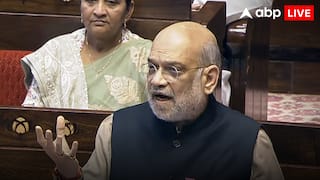Constitution Day 2022: Revisiting Major Events Of The Making Of The Lengthiest-Known Constitution Of World
The Indian constitution is the world's longest-known constitution. Let us recall the major events in the formation of the Indian Constitution on the occasion of National Law Day.

Constitution Day, also known as "National Law Day," is observed annually on November 26 in India to commemorate the adoption of the Indian Constitution. The Constituent Assembly of India enacted the Indian Constitution on November 26, 1949, and it went into effect on January 26, 1950.
The Constituent Assembly worked for over three years (two years, eleven months, and seventeen days) to finish its historic mission of drafting the Constitution of Independent India. During this time, it held eleven sessions totaling 165 days. 114 of these days were spent deliberating on the Draft Constitution.
Formation Of The Constituent Assembly (December 6, 1946) - On December 9, 1946, the Constituent Assembly, a body of popularly elected representatives established for the purpose of drafting or adopting the Constitution, met for the first time in the Constitution Hall, currently known as the Central Hall of Parliament House.
The hon'ble members sat in semi-circular rows facing the Presidential dais, overwhelmed and ecstatic. The front row included Pandit Jawaharlal Nehru, Maulana Abul Kalam Azad, Sardar Vallabhbhai Patel, Acharya J.B. Kripalani, Dr Rajendra Prasad, Sarojini Naidu, Hare-Krushna Mahatab, Pandit Govind Ballabh Pant, Dr B.R. Ambedkar, Sarat Chandra Bose, C. Rajagopalachari and M. Asaf Ali. There were 237 representatives present, including nine women.

The inaugural session began at 11 a.m. with Acharya Kripalani introducing Dr. Sachchidananda Sinha, the Assembly's temporary Chairman. Acharya said to Dr Sinha and others when they arrived: "As we begin every work with Divine blessings, we request Dr Sinha to invoke these blessings so that our work may proceed smoothly. Now, I once more, on your behalf, call upon Dr Sinha to take the Chair Now," according to Lok Sabha's Facts On Indian Constitution.
Dr Sinha took the Chair amid applause and read out the goodwill wishes received from many countries. Following the Chairman's inaugural remarks and the appointment of a Deputy Chairman, the members were formally asked to produce their credentials. The proceedings on the First Day concluded when all 207 members present submitted their credentials and signed the Register.
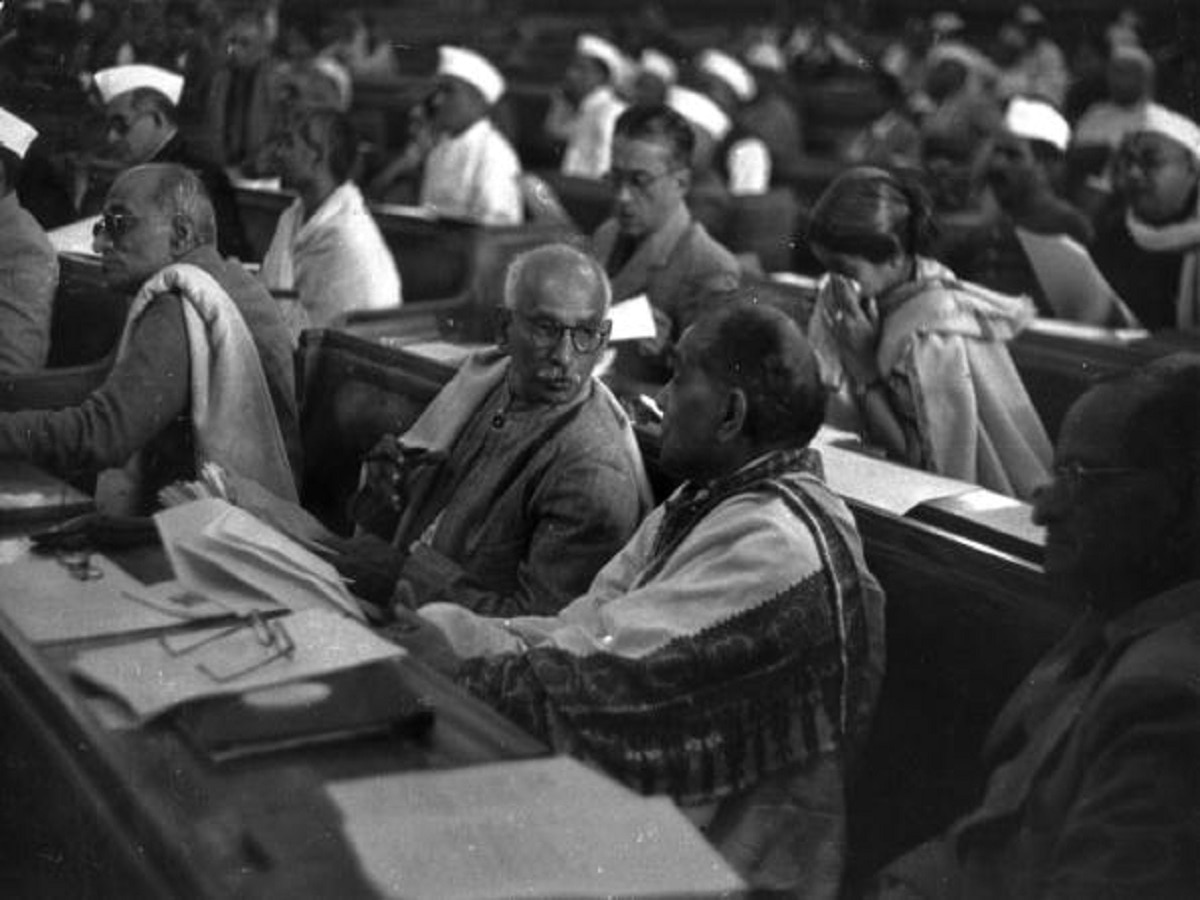
Representatives of the press and visitors assembled in the galleries, thirty feet above the floor of the Chamber, to watch this historic occasion. All India Radio in Delhi broadcast a composite audio picture of the entire event.
Dr. Rajendra Prasad Appointed As The President (December 11, 1946)- Dr Rajendra Prasad, an Indian independence activist, lawyer, and scholar who would become India's first President in 1950, was elected as the Constituent Assembly's first President.
Members were chosen by indirect election by members of the Provincial Legislative Assemblies, in accordance with the Cabinet Mission's recommendation. The system was as follows: (i) 292 members were elected via Provincial Legislative Assemblies; (ii) 93 members represented Indian Princely States; and (iii) 4 members represented Chief Commissioners' Provinces.
The Assembly's total membership would thus be 389. However, as a result of the partition under the Mountbatten Plan of 3 June 1947, a separate Constituent Assembly was set up for Pakistan, and representatives of some Provinces ceased to be members of the Assembly. As a result, the Assembly's membership was decreased to 299.
Proposition And Adoption Of ‘Objective Resolution’ (December 13, 1946)- Pandit Jawaharlal Nehru moved the 'Objective Resolution' on December 13, 1946, which established the idea and guiding principles for building the Constitution and later took the form of the Preamble to the Indian Constitution.
The Constituent Assembly unanimously approved this Resolution on January 22, 1947. The Assembly assembled in the Constitution Hall late in the evening of 14 August 1947 and took over as the Legislative Assembly of an Independent India at midnight.
National Flag Adopted (July 22, 1947)-The National Flag of India was accepted by the Constituent Assembly on July 22, 1947, and it became the official flag of the Dominion of India on August 15, 1947. The Indian flag is tricolour, consisting of saffron, white, and India green, with the Ashoka Chakra, a 24-spoke wheel in navy blue, at the centre.
Independent India (August 15, 1947)- On this day, the power of the British Empire was transferred to India, thanks to the cooperation of various freedom fighters whose efforts made India's independence a reality.
Drafting Committee (August 26, 1947) - The Constitution was drafted by 299 delegates from all castes, regions, religions, and genders. During the Committee stages and the discussions of the Constituent Assembly, the Drafting Committee and its members wielded considerable power in the Indian Constitution-making process.
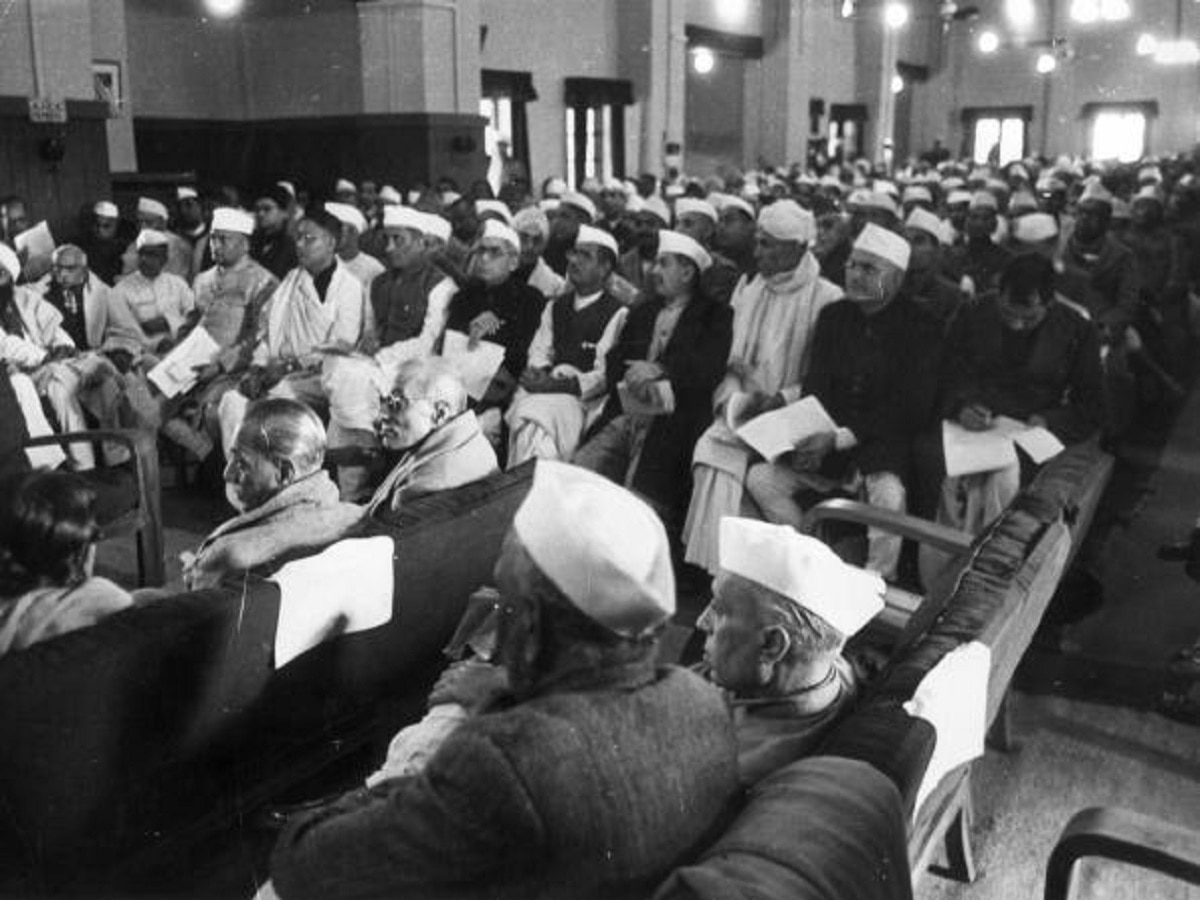
On August 29, 1947, the Constituent Assembly established a Drafting Committee, chaired by Dr. B.R. Ambedkar, to develop a draught constitution for India. The Assembly moved, discussed, and voted on as many as 2,473 amendments out of a total of 7,635 proposed while deliberating on the draught Constitution.
The Constitution of India Was Passed And Adopted (November 26, 1949)- This day, known as Constitution Day or National Law Day, is observed to honour the adoption of India's Constitution. This Constituent Assembly took effect on January 26, 1950.
The Indian Constitution was adopted on November 26, 1949, and the hon'ble members signed it on January 24, 1950. In total, 284 members signed the Constitution. It was drizzling outside on the day the Constitution was signed, which was seen as a favourable omen. The Indian Constitution went into effect on January 26, 1950.
The Assembly ceased to exist on that date, becoming the Provisional Parliament of India until a new Parliament was formed in 1952.
Last Meeting Of Constituent Assembly (January 24, 1950)- Everyone signed and ratified the 'Constitution of India' (395 articles, 8 schedules, 22 parts).
When Constitution Came Into Force (January 26, 1950)- The Constitution replaced the Government of India Act 1935 as the primary governing document of the country, and the Dominion of India became the Republic of India.
First General Election (1951-52)- Between October 25, 1951 and February 21, 1952, India held general elections. They were the first Lok Sabha elections held following the country's independence in August 1947. It was carried out in accordance with the provisions of the Indian Constitution.












